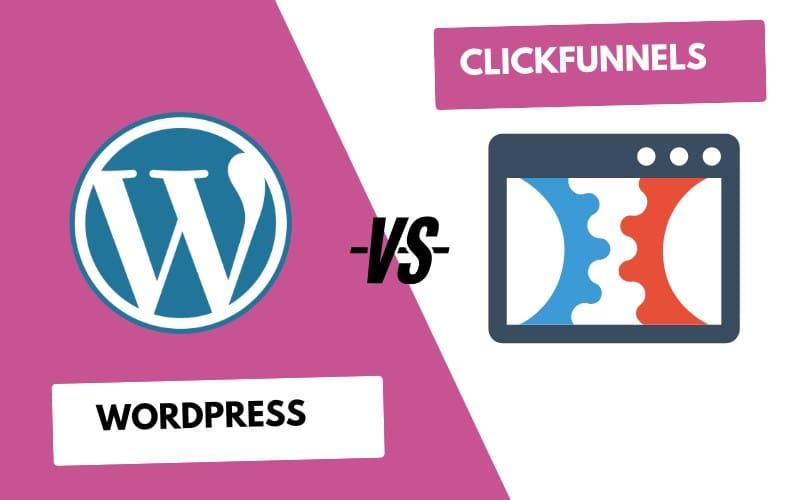Businesses often focus on driving more traffic to their websites, but traffic alone doesn’t guarantee results. If your visitors don’t take action whether that’s purchasing a product, filling out a form, or booking a service, you’re leaving money on the table. This is where Conversion Rate Optimization (CRO) becomes essential.
CRO is a practical, measurable strategy that helps businesses of all sizes increase the value of their existing traffic. Instead of asking, “How can we get more visitors?” ask, “How can we get more from the visitors we already have?”
What is Conversion Rate Optimization (CRO)?
Conversion Rate Optimization (CRO) is the process of improving your website to increase the percentage of users who complete a desired action. This action could be anything from signing up for a newsletter to purchasing a product or requesting a quote.
A conversion is not the same for every business. For eCommerce sites, it might mean a completed checkout. For service providers, it could mean a filled contact form. CRO focuses on improving elements on the site that influence these outcomes. These include design, copy, user flow, speed, and even button colors.
At its core, CRO uses data, testing, and psychology to understand user behavior and remove barriers to conversion.
Key Elements of a CRO-Optimized Website
1. Clear Call-to-Actions (CTAs)
CTAs guide users toward the next step. Whether it’s “Buy Now,” “Get a Quote,” or “Download Free Guide,” the language must be clear and compelling. The button should be easy to see, placed logically, and create a sense of urgency or value.

2. Simple and Intuitive Navigation
Users should find what they’re looking for within two or three clicks. Confusing menus or hidden links increase bounce rates. CRO ensures your website layout guides the user’s journey without distractions or dead ends.
3. Landing Page Optimization
Each landing page should be tailored to its traffic source and target audience. Avoid generic messages. Instead, align the content with the user’s intent. CRO includes refining headlines, removing unnecessary clutter, and keeping the user focused on one goal.
4. Mobile Responsiveness
Most web traffic now comes from mobile devices. A page that looks great on desktop but breaks on mobile will lose conversions. CRO includes thorough testing to ensure a seamless experience across all screen sizes.
5. Speed and Performance
Slow-loading pages frustrate users. A one-second delay in page load time can reduce conversions by up to 7%. Optimizing your site’s performance is one of the simplest CRO wins.
6. Trust Signals and Social Proof
People trust people. Show reviews, case studies, and user-generated content to create confidence. Display security certifications and refund policies clearly. These cues reduce hesitation.
7. Form Optimization
Long forms are intimidating. Ask only for the essentials. Reduce the number of required fields and use autofill features when possible. Test different layouts and monitor completion rates.
Here’s the example of a targeted pop-up form for a user looking for plumbing services. Now, to send the quote to the user, we only required name, email and a submit button – no need to

Why CRO is Critical for Every Business
Reasons:
1. Maximize ROI on Existing Traffic
Paid ads, SEO campaigns, and social media promotions all cost time and money. If your site isn’t optimized for conversions, that investment can go to waste. CRO helps you do more with less by converting a higher percentage of existing visitors into customers.
2. Improve User Experience
A smooth, intuitive site helps users navigate easily. CRO focuses on reducing friction points, ensuring visitors can find what they need without getting frustrated, helping you avoid situations where your website feels cheap. This improved user experience translates directly into better business performance.
3. Build Customer Trust and Confidence
CRO strategies often include adding social proof like testimonials, reviews, and trust badges. These elements reassure users and eliminate doubts. When customers trust your site, they’re more likely to complete their transactions.
4. Enable Data-Driven Growth
Guesswork is costly. CRO allows businesses to test variations, analyze outcomes, and make decisions based on real user behavior. Instead of relying on opinions, you work with evidence.
5. Gain a Competitive Edge
Many businesses focus only on acquiring traffic. Few invest in optimizing what happens after someone lands on their website. This gap presents a big opportunity. A well-optimized website can outperform competitors even with less traffic.
Common CRO Tools and Techniques
Several tools make CRO more accessible and accurate. Here are a few widely used ones:
- A/B Testing Tools – Google Optimize, VWO, Optimizely
- Heatmaps – Hotjar, Crazy Egg
- Session Recordings – Smartlook, FullStory
- Funnel Analysis – Google Analytics, Mixpanel
- User Feedback Tools – Qualaroo, SurveyMonkey
Each tool provides unique insights. Together, they give a full picture of how users interact with your site and where optimizations are needed.
CRO and the Web Development Process
Conversion Rate Optimization should be built into your website from the start, not added later as a patch. A CRO-focused development approach means:
- Planning layouts that naturally guide user flow.
- Writing code that allows quick testing and modification.
- Implementing tracking tools early for better data collection, including the importance of having a custom website.
- Using modular components for flexible CTAs and pop-ups.
When CRO is part of the development strategy, every design and feature supports a measurable business goal.
Real-World Impact of CRO
Let’s say you have a website with 10,000 monthly visitors and a 1% conversion rate. That’s 100 conversions. If you raise your conversion rate to 2%, you double your results without spending more on traffic.
Businesses that embrace CRO report better lead quality, increased sales, and higher customer satisfaction. Even minor changes, like repositioning a CTA or rewriting a headline, can lead to measurable improvements.
How to Get Started with CRO

You don’t need to overhaul your entire site overnight. Start with what matters most.
- Set Up Goals – Use Google Analytics or similar tools to define conversion goals.
- Audit High-Traffic Pages – Focus on pages with the most views and the highest drop-off rates.
- Test Hypotheses – Use A/B testing to compare different headlines, images, or button colors.
- Collect User Feedback – Ask your users what’s stopping them from converting.
- Prioritize Quick Wins – Fix slow-loading pages, clean up forms, and clarify CTAs.
Conclusion
Every website has a goal. Without CRO, you’re relying on chance to meet that goal. With it, you’re constantly improving your site’s performance using real data and user behavior.
Conversion Rate Optimization techniques ensure you get the most value out of every visitor and increase your website’s contribution to your bottom line.
Maximize Your Website's Potential with CRO!
FAQs
Why is CRO so important?
CRO is crucial because it helps businesses make the most of the traffic they already have. By optimizing your website to convert more visitors into customers or leads, you can increase your revenue without needing more visitors. It maximizes your return on investment (ROI) from marketing efforts like paid ads, SEO, and social media, making it an essential part of any growth strategy.
What is the goal of a CRO?
The goal of CRO is to increase the percentage of website visitors who complete a desired action, whether that’s making a purchase, signing up for a newsletter, or filling out a form. By improving your website’s design, functionality, and user experience, CRO ensures that more visitors take the actions that matter most to your business.
What is CRO for websites?
CRO for websites is the process of optimizing your website to improve its conversion rate. This includes analyzing user behavior, testing different versions of pages (A/B testing), improving site speed, and designing clear and compelling calls to action (CTAs). The ultimate aim is to get more visitors to take the desired actions, enhancing both user experience and business results.
How to optimize CRO?
To optimize CRO, start by identifying high-traffic pages and assessing why visitors leave without converting. Implement A/B tests on headlines, CTAs, and page layouts to determine what resonates best with users. Ensure your website is mobile-friendly, speeds up loading times, and improves navigation. Add trust signals like reviews and testimonials, and simplify forms to reduce friction in the conversion process.






